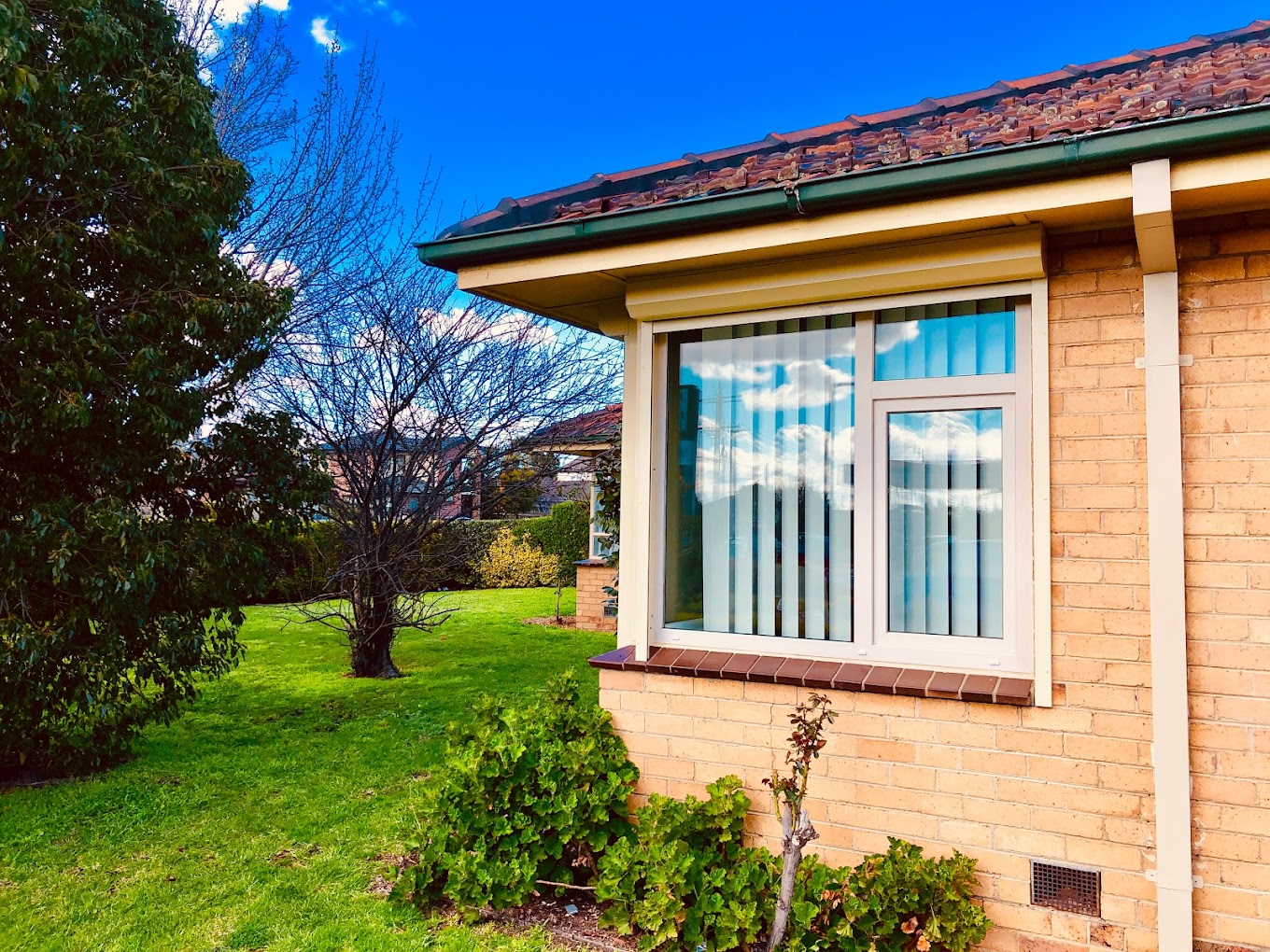All Categories
Featured
Table of Contents
5 Benefits Of Double Glazing Windows in Maddington Western Australia
Laminated glass is often utilized in areas in the house most susceptible to injury from human impact such as bathrooms, doors, around staircases and in areas near the flooring (it satisfies the requirements of 'shatterproof glass' that is mandated for usage in these locations by Australian Standard AS 1288 Glass in structures).
Toughened glass has been 'tempered' by being reheated and rapidly cooled again. This procedure makes it much more powerful than basic glass it can withstand higher effect loads before breaking. It also makes it more secure because, when it does shatter, it breaks into lots of little cubic pieces rather than dangerous shards.
Glazing And Glass Options - Smarter Homes in Yanchep WA
Toughened glass has no thermal or acoustic benefits over other glass of the same toning or density. Secondary glazing is where single-glazed windows are retrofitted with a transparent acrylic or glass sheet connected to the within of the frame or openable sash with a secondary frame or with magnetic strips.


Secondary glazing will not perform as well thermally as a manufactured IGU, since it is impossible to completely seal the boundary, but it can offer good noise control. Window movies are a thin polymer film consisting of a taking in dye or reflective metal layer, with an adhesive backing. They adhere to your glazing to alter its colour or make it reflective.
How To Retrofit Your Windows With Double Glazing, And Keep ... in Woodlands Western Australia
Applied to existing glass, some window films can halve the total SHGC of the window by taking in and/or showing solar radiation. This can be particularly helpful in hotter climates where cooling is the main concern, or on east and west elevations straight exposed to long periods of sunshine. Window movies may also minimize noticeable light transmittance.

For this factor, it is normally best to use a recognized installer of window movie. Frames have a significant effect on the thermal efficiency of windows and doors, since energy can be gained and lost through the frame, along with through the glass. Various kinds of frame will allow different levels of heat gain and loss, so cautious choice of frame is very important for efficient passive design.
Which Type Of Double Glazed Window Frame Is Right For You? in Ellenbrook Perth
Aluminium is likewise a very great conductor of heat and will decrease the insulating value of a glazing system, unless specifically crafted to lower this. A 'thermally broken' frame is made up of 2 aluminium areas connected by a structural insulator (normally a low-conductivity structural polymer). This 'breaks' the thermal connection through the aluminium and minimizes the heat streaming through the frame.
Lumber frames are a good natural insulator that can fit some home styles. Timber frames ought to be made from species that have naturally high toughness or be treated to prevent decay and contortion.
Upvc Double Glazed Windows Australia in Middle Swan Western Australia
(weather stripping) is installed.
u, PVC windows and doors have outstanding thermal efficiency Photo: Ben Wrigley (Light House Architecture and Science) Composite frames utilize aluminium profiles on the external areas with either a wood or u, PVC inner area. These combine the low maintenance and sturdiness of aluminium with much improved thermal performance.
Table of Contents
Latest Posts
Double Glazing Vs. Triple Glazing: Which Is Worth It? in Koondoola WA
Fitting A Cabin In Your Garden? Get Double Glazing Fitted Too in Churchlands Western Australia
Why Should You Have Double-glazed Windows This Summer? in Stirling Perth
More
Latest Posts
Double Glazing Vs. Triple Glazing: Which Is Worth It? in Koondoola WA
Fitting A Cabin In Your Garden? Get Double Glazing Fitted Too in Churchlands Western Australia
Why Should You Have Double-glazed Windows This Summer? in Stirling Perth